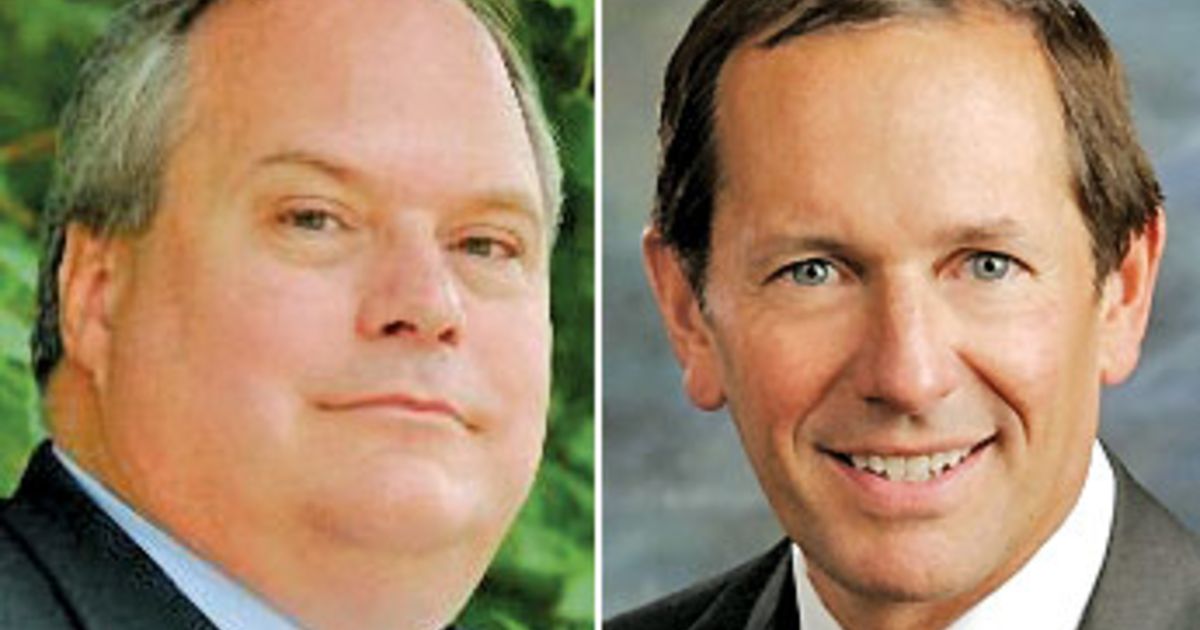
It has been more than 45 years since the two of us sat in free-market economist Vervon Orval Watts’ economics class at Northwood University. He noted an interest rate is the incentive or reward charged by a lender of credit or money. For the borrower, it is the amount they are willing to part with or pay to gain cash or credit.
An interest rate consists of three parts. They are the time preference premium, debtor risk premium and inflationary risk premium.
The time preference premium is the original reason for loaning money. The average TPP portion of an interest rate is between 0 and 2 percent. It represents a borrower’s time preference to have a good, service or asset today and pay extra via the interest rate, rather than waiting until able to pay in full. When a time preference is 0 percent, the borrower is willing to wait.
The debtor risk premium is inversely related to a customer’s credit rating. The debtor’s risk premium portion of an interest rate is usually between a half percent and infinity. A person with a high overall credit rating usually receives a low DRP, while a person with a low credit rating receives a high DRP — resulting in a higher interest rate on future loans. Fraud and other criminal activity also increases the DRP.
The inflationary risk premium correlates to the rate of inflation. As inflation increases, the IRP portion of an interest rate goes up, as does the overall interest rate. When inflation declines, so does the IRP and overall interest rate. The IRP, in theory, is between 0 percent and infinity. Pre-2021 saw 30-year mortgage interest rates below 4 percent and automobile loans for those with low DRPs at or near 0 percent.
We now live in uncommon times. While the TPP has changed little, Americans’ credit ratings and inflationary risk premium have been challenged over the last 15 years — first with the Great Recession, then the COVID-19 crisis and a 2021 inflation rate of 7 percent, the highest in almost 40 years. We believe the U.S. economy will slow this year, with consumers facing double-digit inflation and the possibility of a recession or, even worse, stagflation by the end of 2022 or early 2023.
These conditions will continue to negatively impact many Americans’ credit rating and loan costs.
Manufacturers and dealers will seek to pass a portion of higher new-vehicle production and inflation costs on to consumers, resulting in higher prices and longer loan contracts (these buyers are typically payment-driven). If prices exceed what consumers will pay, expect lower manufacturer and dealer profits, and lower new-vehicle sales to follow. (Today, a significantly greater portion of auto loans have terms from 72 to 84 months compared with the standard 60-month loan of a few years ago.) Many new-vehicle consumers will be forced to buy a used vehicle, if available.
Additionally, some used-vehicle buyers with lower credit ratings and higher loan costs will not be approved as their inflationary risk premium increases as their total interest cost rises above many states’ interest rate ceilings set by state usury laws.
Many of today’s Americans were not alive when the prime interest rate (the rate banks charge their best corporate customers) surpassed 20 percent in the early 1980s. While home mortgages were normally made at a fixed interest rate, during the high-inflationary late 1970s and well into the 1980s, they were made variable — especially 30-year mortgages. This was because of lenders being paid, say, an average 4 percent interest rate from home loans made decades prior while annual inflation was near or above 6 percent, resulting in a negative real or inflation-adjusted rate of return for the bank’s portfolio.
The prolonged high inflation rates in the U.S. economy in the late 1970s and early 1980s resulted in difficult financial times, especially for savings and loan institutions. Most of their mortgage loan portfolio was invested in mortgages that paid 3 or 4 percent, while inflation was well above that for many years.
Finally, the general economy ahead will likely challenge bankers, automobile manufacturers, dealers and most importantly, new- and used-vehicle customers, making Watts’ lesson on interest rates even more relevant. Higher overall costs to acquire a vehicle mean buyers will have less money left over, and they must balance their budgets by eating out less, taking fewer vacations and putting off home repairs or other purchases. Savings rates will also decline. This collective impact will slow economic growth and employment.
Watts constantly emphasized: “You must always pay attention to markets.” We believe the U.S. Federal Reserve Bank should as well and quickly act to effectively bring inflation under control.